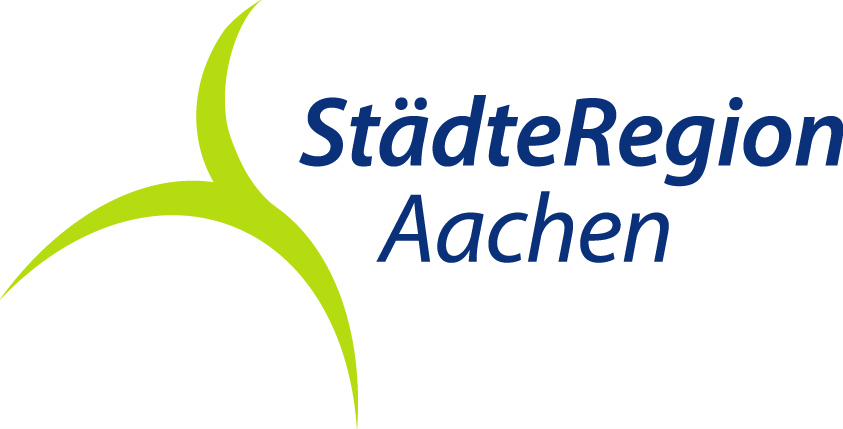Bunkerweg
Simmerath-Strauch
The hike starts at the church of St. Matthias in Strauch. Built in 1850 by the villagers as a small chapel, the church quickly became too small in view of the growing population in Strauch, so the foundation stone for today's much larger building was laid in 1922.
We leave Strauch in a northerly direction and after a few kilometers we come across the lively Tiefenbach, one of the numerous low mountain streams typical of the Eifel. Due to the presence of numerous, sometimes rare animal and plant species, the entire valley is a nature reserve and therefore offers a great nature experience. We follow the valley for a good kilometer, accompanied by the cheerful babbling of the small stream. After crossing the stream, the path then leaves the Tiefenbach valley in a westerly direction and leads us into the foothills of the Buhlert, a forested mountain range 508 meters above sea level. The trees become denser and after a few hundred meters we come across various World War II bunkers, which are among the few bunkers of the Westwall that are still almost completely preserved. This 630 km long line of defense was intended to protect Germany from military attacks from the west during the Nazi era. With over 18,000 bunkers, tunnels, countless trenches and anti-tank barriers, it was praised as the largest fortification of all time and was considered insurmountable, which proved to be a misjudgement. Most of the 16 installations originally located here were destroyed or filled in after the war. However, four bunkers are well preserved and freely accessible. Where terrible battles once raged, bats now have a protected winter roost.
The route now leads us out of the forest again, towards the Michelshof wind farm, which covers a large proportion of the municipality of Simmerath's renewable energy needs. It was the first community wind farm in the municipality and was put into operation in July 2004. It covers the annual electricity needs of around 7,000 households. From here, the path leads us through open fields and meadows back to the church of St. Matthias, the starting point of our hike, where the beautiful tour ends.











